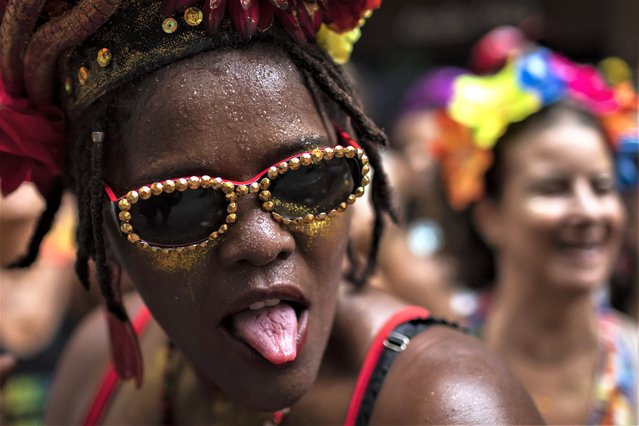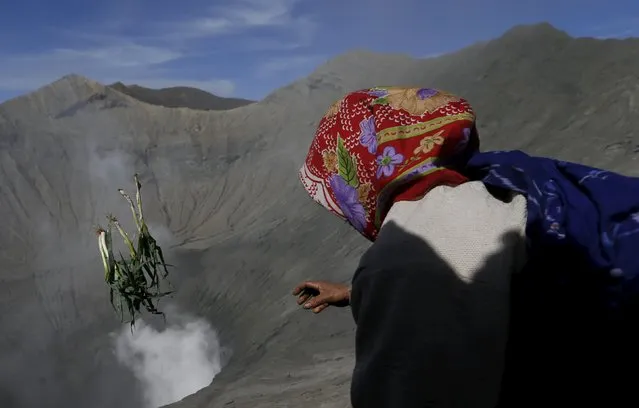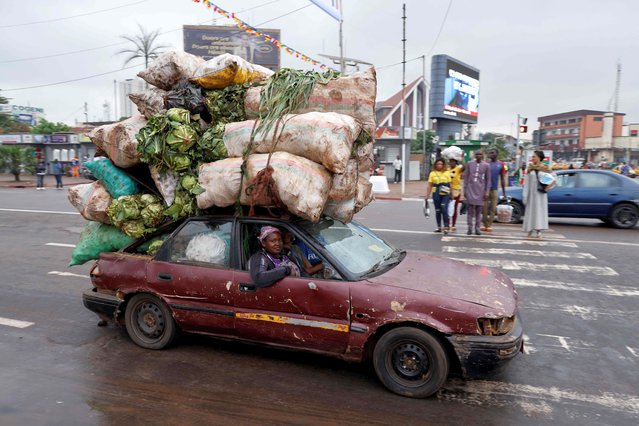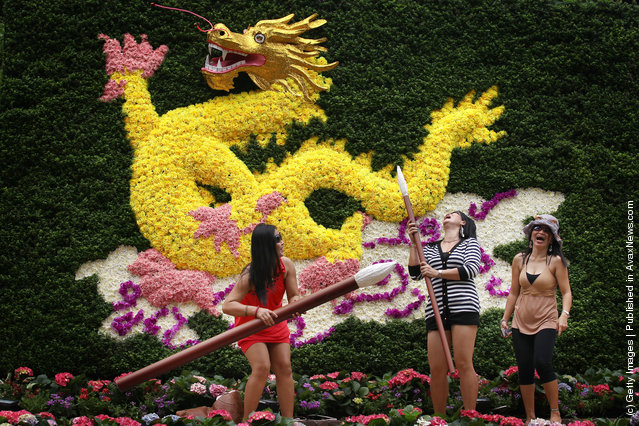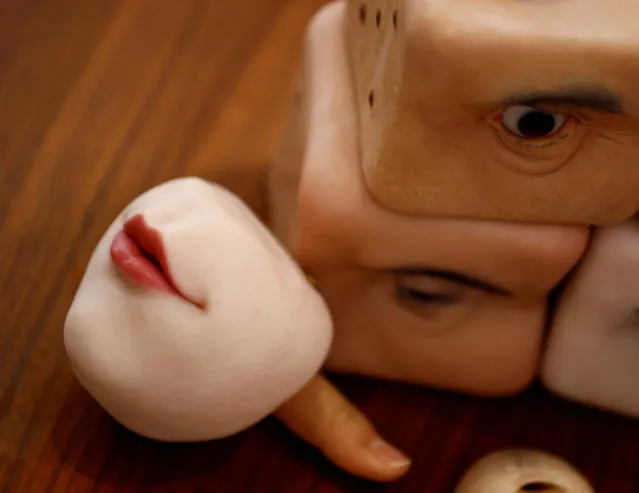
Hyper realistic flesh-like objects created by Masataka Shishido, also known as DJ Doooo, are displayed at his home, during a photo opportunity in Kawasaki, south of Tokyo, Japan on January 26, 2023. (Photo by Kim Kyung-Hoon/Reuters)
15 Feb 2023 04:55:00,post received
0 comments

